Causes of bearing failure in a washing machine
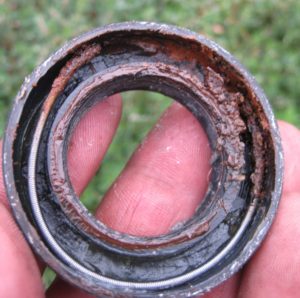 Replacing bearings is an expensive and labor-intensive repair of an automatic machine. The master has to almost completely disassemble the body in order to remove the tank, divide the container into two parts (which becomes more complicated if the structure is monolithic), change components and perform reassembly. Therefore, it is better to try to avoid such damage. Let's figure out what the main reasons for bearing failures in a washing machine are, and what preventive measures the user should take to extend the “life” of the equipment.
Replacing bearings is an expensive and labor-intensive repair of an automatic machine. The master has to almost completely disassemble the body in order to remove the tank, divide the container into two parts (which becomes more complicated if the structure is monolithic), change components and perform reassembly. Therefore, it is better to try to avoid such damage. Let's figure out what the main reasons for bearing failures in a washing machine are, and what preventive measures the user should take to extend the “life” of the equipment.
What causes bearings to break?
The question of why the bearings flew off plagues owners of washing machines. The problem is revealed abruptly and often takes the owners by surprise. There are several reasons leading to the destruction of a bearing assembly, but the main one is damage to the seal. The sealing rubber acts as a protective barrier - it prevents water drops from entering the bearings. When cracks appear on the surface of the gasket, the tightness of the system is compromised.
The oil seal fails faster when the washing machine is used in harsh conditions. The worst effect on the seal is high temperature water (90-95°C). If you run the boiling mode on the washing machine once, there will be no harm, but constantly turning on the high-temperature program will certainly speed up the process of damage to the protective rubber.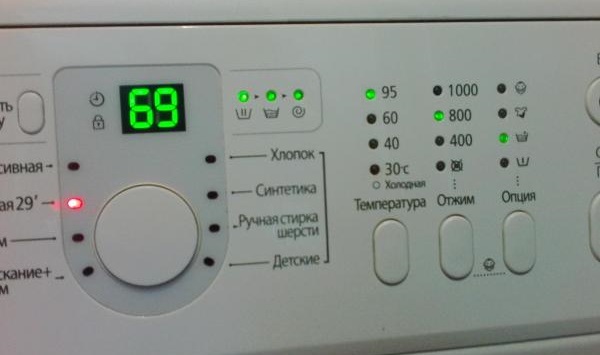
Another reason for oil seal failure is a manufacturing defect. It happens that in production they forget to treat the bearing assembly with lubricant or put too little of it. Also, the rapid drying out of the sealing gum can be explained by poor-quality lubricants used during assembly.
If there is a manufacturing defect and the oil seal is installed incorrectly, the bearings will “fly” after one and a half to two years during normal operation of the washing machine.
When purchasing equipment, you cannot immediately understand how well the bearing assembly is assembled. Already at home, you can remove the back panel of the case and inspect the wall of the tank. If rusty smudges are visible on it, you can judge a factory defect. It is better to return such a washing machine to the store.
If bearings fail, it is not always due to a damaged seal. Sometimes the assembly “breaks” due to increased load on the drum, caused by a systematic imbalance. The reason for this is faulty shock-absorbing elements that cannot cope with the damping of centrifugal force. Because of this, the machine “jumps” around the room when washing. If you close your eyes to the problem, after a while it is easy to “lose” the bearings.
It’s not for nothing that the manufacturer of washing equipment indicates the maximum weight of laundry that can be loaded into the machine at a time. Constant overload of the drum with things also causes damage to the bearing unit.
Also, recently, service center technicians have noticed that some bearings offered for sale are of very low quality. If you buy a fake made from an unknown material, you can’t hope for a long service life. Such unfortunate bearings will work for a maximum of one and a half years, then the user will again have to start repairing the machine.
How can you tell if a part is broken?
It is quite difficult for the user to identify a malfunction at an early stage. The more wear on the bearings, the more obvious the “symptoms” of failure will become. The following signs will indicate that the bearing assembly has failed:
- noise and grinding noise when the drum rotates. Washing and spinning may be accompanied by clanging and crunching. The more revolutions the engine gains, the louder the sounds produced by the equipment become;
- bad spin. Due to the destruction of the bearings, the motor cannot operate at full power, so the things in the drum remain too wet;
- increased vibration. Due to the imbalance of the drum, the machine literally “jumps” during operation;
- hatch cuff defect. When the drum begins to play, its edges wear out the rubber seal.
If you notice one of the signs of malfunction, it is better to check the condition of the bearing assembly. If diagnostics confirm the problem, you need to immediately replace the components. You can entrust the repair to a specialist or, if desired, try to do it yourself.
Interesting:
Reader comments
- Share your opinion - leave a comment
Categories
Washing machine repair


For buyers

For users

Dishwasher


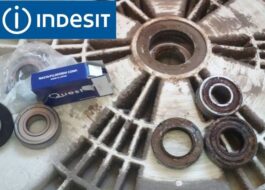
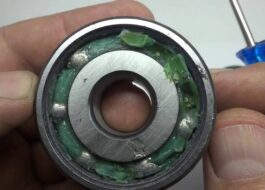
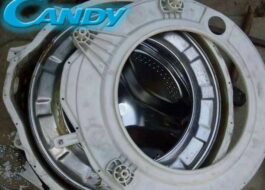
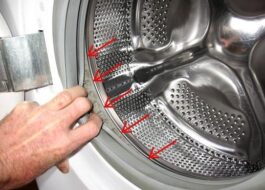
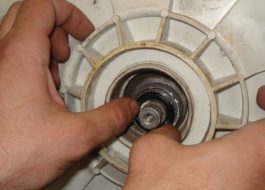










Add a comment